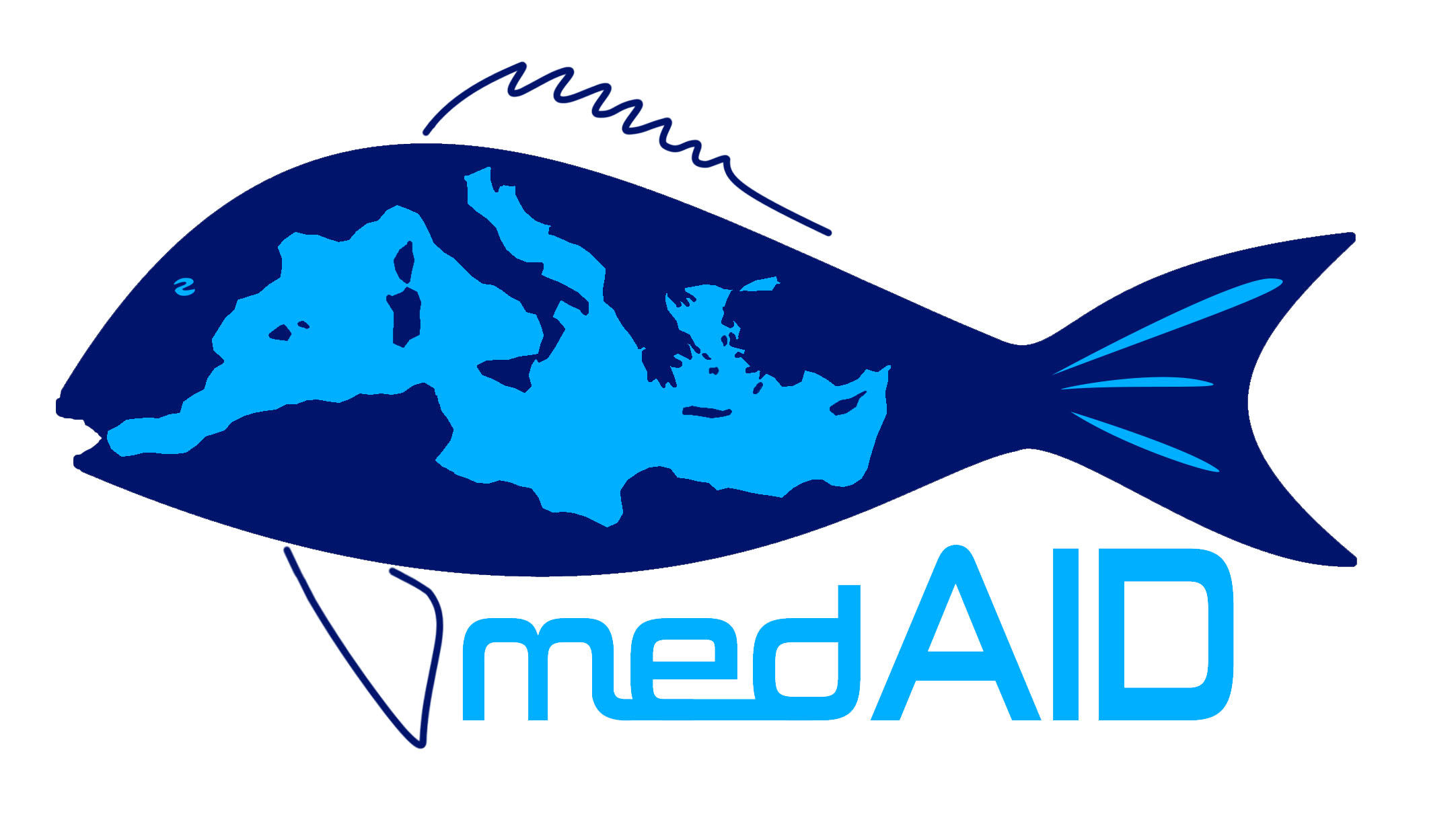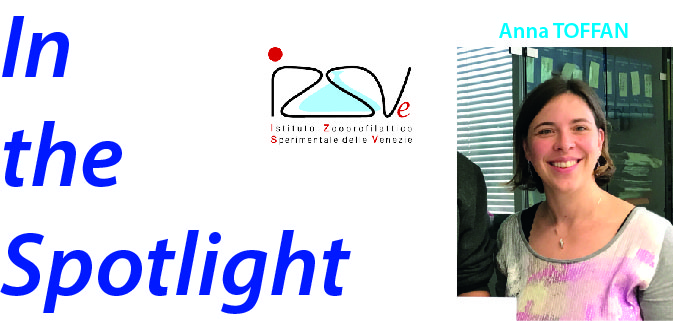i) What is your contribution to the MedAID project?
WP4 (Health management, diseases and fish welfare), in which I participate as a partner, aims at strengthening the diagnostic capacity of laboratories by standardizing diagnostic protocols and (Standard Operating Procedures) SOPs and by organizing Proficiency Tests (PTs). Since I am the Responsible of the OIE Reference laboratory for viral encephalopathy and retinopathy disease (VER), which is located in my laboratory at the IZSVE, I have been asked to lead the activities targeting this important marine pathogen. Therefore, at the beginning of the current year we organized a VER interlaboratory PT which gathered 29 participants. Results were quite interesting and provided useful information about the capability of different laboratories to perform molecular diagnosis and characterization of VER. Indeed, there are many laboratories that need to improve their diagnostic performances This is the reason why we believe that writing the Manual of harmonized diagnostic techniques for the main pathogens of Mediterranean farmed fish, which is one of the corollary outputs of the Project, will be beneficial to all laboratories, in particular to those that provided unsatisfactory results.
In the next years, we will develop and test innovative vaccines intended for European sea bass (Dicentrarchus labrax), in order to reduce clinical signs and mortality caused by VER in this species. In particular, we aim to investigate the efficacy of a Virus Like Particle (VLP) vaccine (non-infectious because it contains no viral genetic material) produced with the use of bacteria or yeast (Escherichia coli- Pichia pastoris) and modified through sophisticated molecular techniques. This kind of vaccine should mimic the external ( = antigenic) structure of VER and be as efficient or more than the conventional ones (killed virus vaccines); at the same time, it would be completely safe both for the fish and the environment being unable to replicate in the host due to the lack of genetic material.
ii) Why is this research needed?
Betanodaviruses are the causative agent of Viral Encephalopathy and Retinopathy (VER), the most threatening viral disease affecting Mediterranean farmed fish. This disease, endemic in the Mediterranean basin, can affect more than 50 fish species, among which European sea bass (D. labrax) seems to be the most susceptible. The economic impact of VER in this species is extremely high, with a mortality rate ranging from 30-60 % in sea cages to 90-100% in hatcheries. Because different betanodaviruses show diverse pathogenicity, host and temperature preferences, the capability of a diagnostic laboratory to detect all viral species, as well as their correct identification, is of utmost importance to provide accurate and reliable laboratory results. As for the other viral diseases, no therapy is possible once the fish is infected; therefore, the availability of efficient and safe vaccine formulations is crucial to prevent the infection.
iii) What are the main expected outcomes/or possible impacts on the sector?
Participating to PTs is one of the few ways in which a diagnostic laboratory can compare its performance with that of others. The laboratories which took part in this year’s exercise received an external and impartial evaluation of their performances. In addition, the remaining aliquots of the samples shipped for the proficiency test could be used as reference material (positive and negative control) to further optimize laboratory diagnostic assays or to develop new ones.
The Manual of harmonized diagnostic techniques will help new laboratories to choose the best approach to fish diseases diagnosis, including VER. This manual will be an essential tool to coordinate diagnostic activities amongst different countries.
With reference to new vaccines, despite the economic importance of VER, very little is known about the pathogenesis of the disease and the immunological response of both infected and vaccinated fish. The development of innovative vaccines, even if they turn out not to be sufficiently effective in protecting fish from the clinical disease, will produce essential data to understand how fish immunity works against this virus.
iv) What other projects/activities are you working on?
At present my lab staff and myself are involved in several national and international projects.
• The H2020 project VetBioNet “Veterinary Biocontained facility Network for excellence in animal infectiology research and experimentation”, is a network of 30 scientific institutes and industries whose aims are to share knowledge on epizootic and zoonotic diseases and to promote technological developments, to harmonize best practices and enhance preparedness to accelerate the response to (re)emerging epizootic and zoonotic threats. In addition, many Transnational Access (TNA) to infrastructures resources of the network will be made available. This means that animal facilities, including our experimental aquarium, and BSL3 laboratories from the project partners will be accessible to external scientists through specific project grants.
• This year we also started an OIE Twinning Project entitled “Improving IRVT diagnostic capacity for Viral Encephalopathy and Retinopathy of marine fish” with colleagues from Tunisia. Northern Africa, and Tunisia in particular, are investing considerable resources in mariculture, but several pathogens chronically affect the profitability of this industry. Among these, VER causes major losses to seabass farming. The twinning project will contribute to the development of a laboratory specialized in the diagnosis of fish diseases in this country.
• Finally, since 2016 we have been working on the Novimark project (Identification of virulence markers in two loss-making Novirhabdoviruses is the key to improve diagnostic and strategic management in farmed rainbow trout) to identify IHNV and VHSV molecular markers responsible for high and low virulence profiles. This will allow us to develop and validate fast and reliable diagnostic tools for the discrimination between different viral phenotypes. In Italy VHS and IHN are endemic diseases which cause major losses to freshwater aquaculture. As National Reference Laboratory, we always pay particular attention towards these two important and notifiable diseases.
• In the last two years I have been acting as secretary of the Italian Society of fish pathology (SIPI) performing administrative duties and organizing the Annual Meeting and other technical workshops that the Society offers to its subscribers.
 Anna TOFFAN, Veterinarian, Head of OIE reference laboratory for viral encephalopathy and retinopathy.
Anna TOFFAN, Veterinarian, Head of OIE reference laboratory for viral encephalopathy and retinopathy.
Istituto Zooprofilattico Sperimentale delle Venezie (IZSVE), Legnaro, Italy
WP 4 – Health management and diseases and fish welfare

